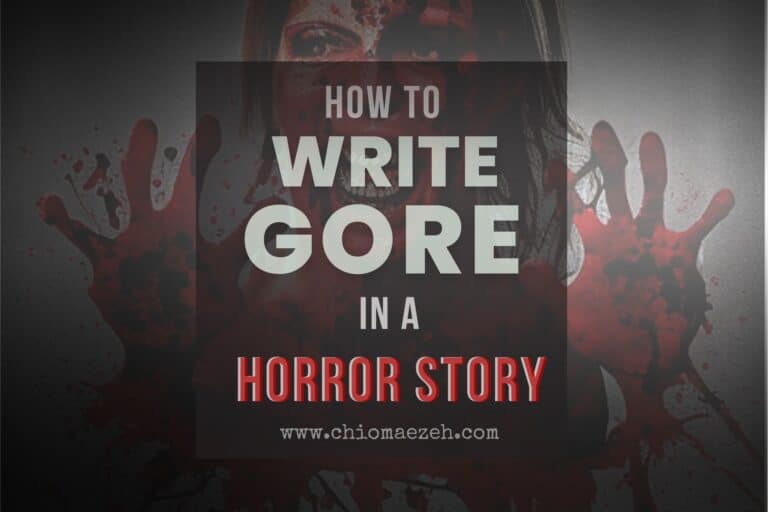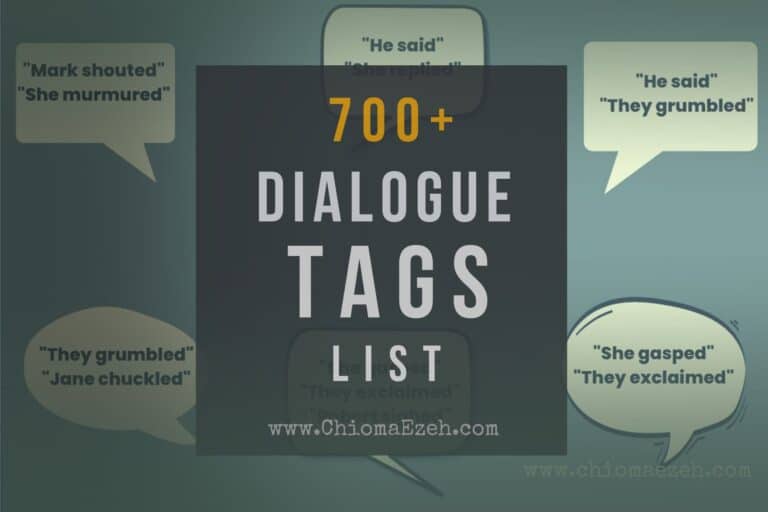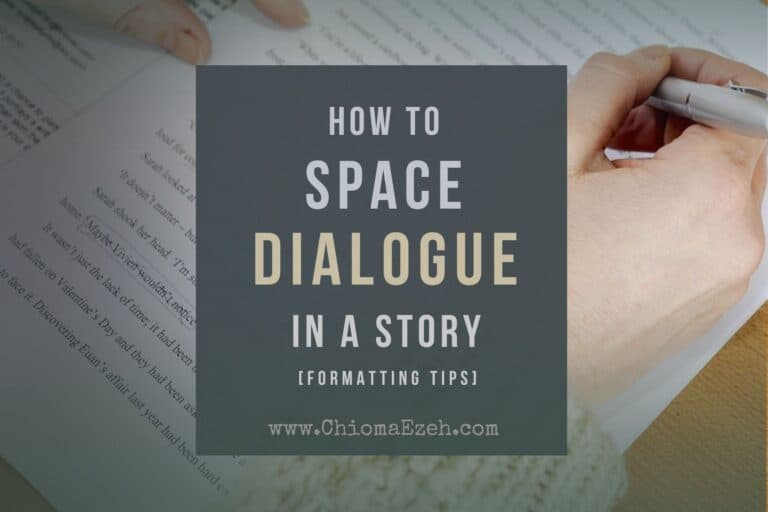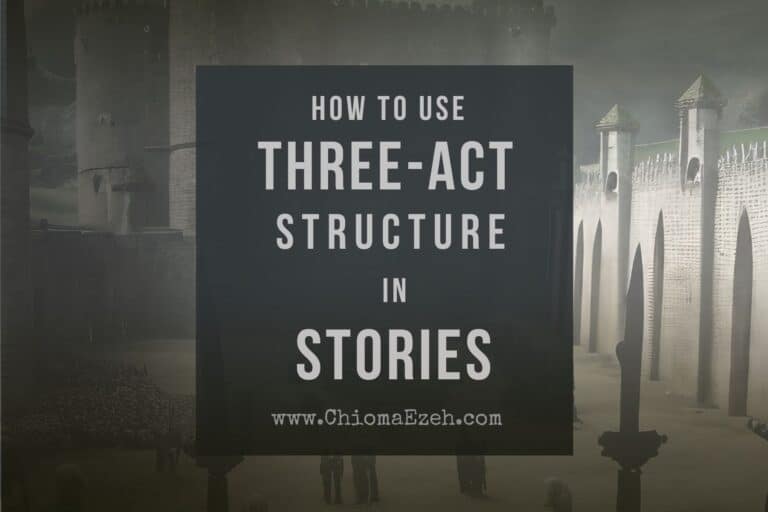Examples of Dialogue In A Story
Effective communication and human interaction rely heavily on the use of dialogue. It enables us to express our thoughts, ideas, and emotions and connect with others meaningfully.
Literature, film, and everyday conversations provide us with numerous dialogue examples. By studying these, we can acquire valuable insights and enhance our dialogue abilities.
This article discusses some of the most compelling examples of dialogue in a story, accompanied by practical tips to improve your communication and story-writing skills.
👉See our overview guide to writing dialogue for authors

Let’s Talk
Are you a writer aspiring to pen a masterpiece that never fails to captivate? Look no further. Reach out to us and uncover how we can help you to take your writing to unprecedented heights!

What Is Dialogue In A Story?
Dialogue in a story refers to the verbal exchanges between two or more characters. It is a written representation of spoken language. Its primary aim is to convey information, emotions, and ideas, making it an effective tool for capturing the details of the narrative.
What Is the Purpose of Dialogue In A Story?
Dialogue serves multiple purposes in a narrative, including:
- Character development: Dialogue helps reveal the personalities, thoughts, emotions, and motivations of the characters, making them feel more authentic and relatable to the reader.
- Plot advancement: Through conversations, characters can make decisions, reveal plans, and share information that moves the story forward.
- Conflict and tension: Dialogue can create or heighten conflict between characters, adding tension and intrigue to the narrative.
- World-building: Characters’ conversations can provide insights into the setting, culture, or social norms of the world they inhabit, helping to establish a more immersive experience for the reader.
- Exposition: Dialogue can convey backstory or essential information about the plot or characters naturally and engagingly.
- Pacing: Dialogue can speed up or slow down the pace of a story, creating a rhythm and flow that keeps readers engaged.
Well-written dialogue contributes to the overall experience of a story, making it more engaging, relatable, and memorable.
Examples of Dialogue in a Story
Here are a few dialogue examples in a story:
Example 1: Dialogue in a single line
A single-line dialogue is a brief utterance spoken by a character in a story, typically presented within quotation marks and used to convey a specific thought or emotion. It consists of only one line of dialogue spoken by a character. It is comparatively simple to write and remember single lines of dialogue.
Example of single-line dialogue:
“I’ll be back.”
As you can see in the above example, quotation marks are placed outside the words and also outside the punctuation at the end of the dialogue. Whether you’re using a period, a comma, a question mark, or an exclamation point, the rule remains the same for single-line dialogues.
Example 2: Dialogue in a single line with a tag
A single line of dialogue with a dialogue tag is a short conversation that includes a character’s spoken words and an accompanying attribution that identifies the speaker. For example:
“I can’t believe you did that,” she said.
In this example, “I can’t believe you did that” is the dialogue the character speaks, and “she said” is the dialogue tag that identifies the speaker. The use of a dialogue tag helps to clarify who is speaking and how they are expressing themselves.
Example 3: Body language dialogue
Body language dialogue refers to using nonverbal cues like facial expressions, postures, gestures, and eye contact to communicate. For instance, avoiding eye contact or fidgets may indicate unease, anxiety, or deceit. Conversely, someone who smiles leans forward and makes eye contact could signal interest, confidence, or amicability.
During a conversation involving multiple individuals, their body language can mimic one another, suggesting agreement. Alternatively, their body language may be at odds, indicating a lack of comprehension or a divergence of opinion.
Here is an example of a body language dialogue:
“Hi, John. How are you?” Sarah asked.
“I’m good, thanks,” John replied, looking away and fidgeting.
“Are you sure? You seem a little nervous,” Sarah observed.
“Well, to be honest, I’m a bit stressed about this presentation I have to give tomorrow,” John admitted after a pause.
“Ah, I see,” Sarah leaned forward, nodding and maintaining eye contact. “Is there anything I can do to help?”
“Actually, that would be great. Could you give me some feedback on the slides I prepared?” John requested.
“Of course,” Sarah smiled and reached to take John’s laptop.
In this example, Sarah picks up on John’s body language, specifically his avoidance of eye contact and nervous fidgeting. She uses this information to show empathy and offer help.
John eventually opens up about his stress, and Sarah responds with support, indicated by her leaning forward, nodding, and smiling. The interaction demonstrates how body language can enhance and convey meaning in verbal communication.
Example 4: Paragraphs of dialogue
A dialogue paragraph features a single character speaking for a long time. One character speaks at length while the other character(s) listen without interjecting with their dialogue. They wait until the character finishes talking.
When composing paragraphs of dialogue, it is recommended to begin the next paragraph with quotations instead of leaving them at the end of the previous paragraph. Doing so indicates that the same person is talking. For example:
“I’ve been thinking a lot about my past and the mistakes I’ve made,” said Sarah, staring off into the distance. “I wish I could go back and change things, but I know I can’t.
“All I can do now is make things right and move forward. I know I’ve hurt people along the way, but I hope they can forgive me. I’m not perfect, but I’m trying to be a better person every day.”
Example 5: Dialogue with a single line being cut off
Dialogue with a single line being cut off refers to a type of dialogue in which a character speaks a sentence or phrase that is interrupted or cut off by another character, action, or event before the line can be completed. For example:
“I don’t understand why you…” Sarah said before John interrupted her.
“Look, we don’t have time for this,” John said sharply. “We need to leave now.”
Example 6: Dialogue in the form of a question
Dialogue in the form of a question refers to a type of dialogue where one character asks a question of another character with the intent of eliciting a response. A question mark will function as either a comma or a period. For example:
“Are you coming to the party tonight?” she asked, looking at him expectantly.
Example 7: Dialogue tag followed by a single line
Sometimes, you can format dialogue tags to place them before a character speaker. The tag is punctuated with a comma, followed by opening quotations and a single-line statement. The statement is ended with a punctuation mark, followed by closing quotations. For example:
She said, “I’m happy for you. You deserve the promotion.”
Example 8: Dialogue with a tag in the middle of a line
It is a mixture of a single line but with a dialogue tag between the line. This type of dialogue is primarily used to identify the speaker when there are more than two characters involved in the conversation and to shift the emphasis onto the dialogue itself rather than the actions of the character.
Also, a dialogue tag in the middle of a line indicates a pause or interruption in the speech. For example:
“I don’t know,” she said, “what do you think?”
However, it’s worth noting that using dialogue tags in the middle of a line can be tricky and can disrupt the flow of the conversation. It’s important to use them sparingly and only when necessary to convey a specific meaning or tone.
Examples Of Dialogue In Literature And Books
Throughout the history of literature, authors have used dialogue to create memorable exchanges, unforgettable lines, and pivotal moments in their stories. In this section, we will explore some examples of dialogue in popular literature and books, illustrating the impact and importance of well-crafted conversations.
Example 1: Jane Austen’s Pride and Prejudice.
The witty banter between Elizabeth Bennet and Mr. Darcy is a classic example of dialogue that reveals character traits and drives the plot forward.
Mr. Darcy:
“In vain have I struggled. It will not do. My feelings will not be repressed. You must allow me to tell you how ardently I admire and love you.”
Example 2: Harper Lee’s To Kill a Mockingbird.
Atticus Finch’s dialogue with his children serves as a moral compass, imparting wisdom and a sense of justice.
Atticus:
“You never really understand a person until you consider things from his point of view… until you climb into his skin and walk around in it.”
Example 3: William Shakespeare’s Hamlet
The famous soliloquy in Hamlet showcases the power of internal dialogue to reveal a character’s thoughts and emotions.
Hamlet:
“To be or not to be, that is the question.”
Example 4: J.D. Salinger’s The Catcher in the Rye.
Holden Caulfield’s dialogue reveals his inner turmoil and struggle to find his place in the world.
Holden:
“I don’t exactly know what I mean by that, but I mean it.”
Example 5: J.K. Rowling’s Harry Potter series
The dynamic dialogue between Harry, Hermione, and Ron highlights their friendship, as well as the challenges they face together.
Hermione:
“Books! And cleverness! There are more important things – friendship and bravery.”
Video Recommendation: Examples Of Dialogue In A Story
Here’s a video recommendation that provides dialogue examples in different contexts:
FAQs On Examples Of Dialogue In A Story
How do you write dialogue?
When writing dialogue, it’s important to remember a few key things:
- Enclose the spoken words in quotation marks.
- Use a dialogue tag to indicate who is speaking.
- Start a new paragraph when a new character starts speaking.
- Use appropriate punctuation, including commas, periods, and question marks.
What are some examples of dialogue in a story?
Examples of dialogue in a story can include conversations between characters, internal monologues, or exchanges between a character and their environment. Dialogue can take various forms, such as questions, statements, exclamations, or commands.
How can I write realistic dialogue in my story?
To write realistic dialogue, listen to real-life conversations, observe speech patterns and colloquial expressions, and ensure your characters’ voices are distinct and consistent. Remember to balance dialogue with action, description, and narrative.
Should I use dialect or slang in my dialogue?
Using dialect or slang can add authenticity and character to your dialogue, but it should be used sparingly and consistently. Too much slang or dialect can make the dialogue difficult to understand and detract from the reading experience.
Final Notes
In conclusion, dialogue is an essential element of a story. It allows characters to express their thoughts, ideas, and opinions.
Examples of dialogue can be found in many different forms, including literature, film, theater, and everyday conversations. It is a crucial part of human interaction and can have a profound impact on our lives and society as a whole.






![What Is The Inciting Incident Of A Story? [Definition & Examples]](https://chiomaezeh.com/wp-content/uploads/2023/03/inciting-incident-768x512.jpg)